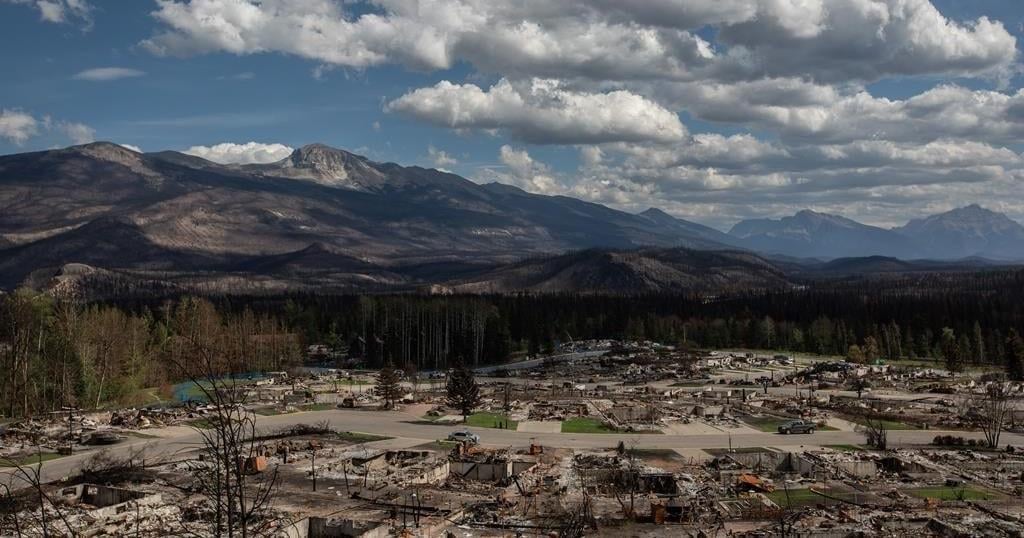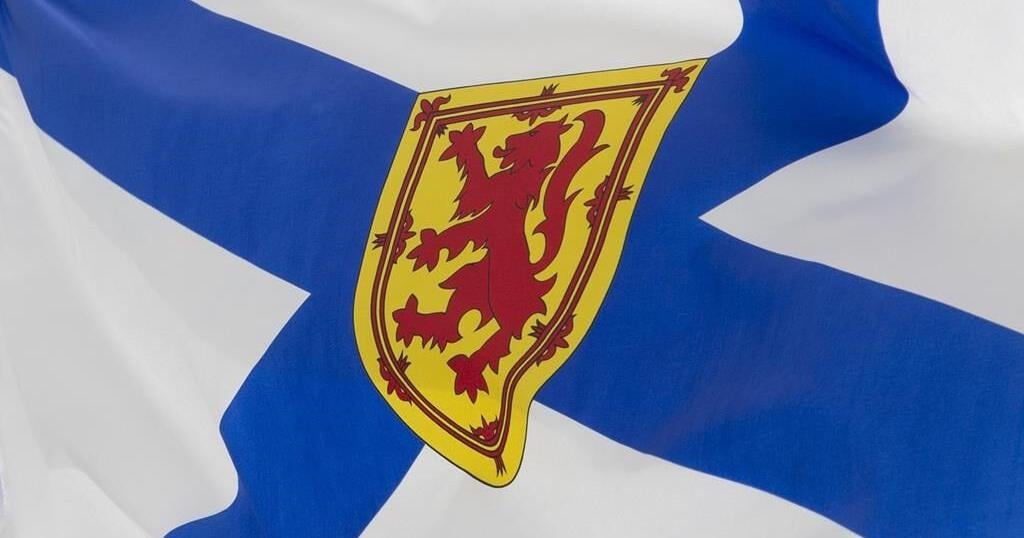The town of Jasper, Alta., is asking the provincial government for budgetary financial support for the next few years to avoid drastically cutting services or implementing significant tax hikes while the community rebuilds.
The request comes as Jasper, which saw an estimated $283 million worth of property value destroyed by a devastating wildfire in July, begins to grapple with how it will manage severely reduced property tax revenue in the years to come.
“We have not hit the bottom yet,” Jasper Mayor Richard Ireland said during Tuesday’s town council meeting. “Our tax base is going to get even lower before it starts to recover.”
Town administration estimates the wildfire wiped out well over $2 million in rolling annual property tax revenue for the municipality, not including additional revenue the town would have continued to receive in future years in utility fees charged to the 358 homes and businesses that are no longer standing.
Council also approved Tuesday a property tax relief proposal for residents affected by the July wildfire.
Under the tax relief proposal, which is subject to the provincial government stepping up with financial assistance, all property owners would be given a one-month tax break for the time when a mandatory evacuation order was in place.
Property owners whose homes or businesses were destroyed would have their remaining or outstanding 2024 bill nullified, or refunded if the full year’s tax bill was already paid.
Ireland noted that four members of council, including himself, would be covered under this relief for having lost their homes.
The relief includes municipal property taxes, as well as the provincial education requisition, which would need to be refunded by the Alberta government.
The proposal means Jasper would forgo more than $1.9 million in municipal property tax revenue this year, or close to 10 per cent of its 2024 budget.
Jasper’s chief administrative officer Bill Given told council the town estimates it will miss out on an additional $1.7 million in 2024 from reduced paid parking, public transit, and utility fee revenue.
Heather Jenkins, the press secretary for Alberta Municipal Affairs Minister Ric McIver, said the ministry will consider the town’s request once received.
Given said Tuesday the town’s request is not unprecedented, as the province has previously provided Slave Lake, Alta., and the Regional Municipality of Wood Buffalo, Alta., with similar financial support after wildfires struck both communities in 2011 and 2016 respectively.
Without support from the province, Jasper could be faced with raising taxes on the properties that remain to make up for the lost revenue or cut services until the town’s tax base recovers when homes and businesses are rebuilt.
An administrative report presented to council says the first option would “cause significant strain” on residents, while cutting services “would likely both prolong the community’s recovery and damage the destination’s reputation with visitors.”
Ireland said Jasper would face “insurmountable challenges” if it doesn’t receive financial support from the province.
“We are not seeking a grant or a subsidy from the province,” Ireland argued. “I see this as an investment by the province in our tourism economy.”
“We contribute disproportionately to provincial (gross domestic product) recognized through tourism, so yes… the province can see this as an investment in its own future by supporting our tourism-based community.”
Tuesday also marked the first day of school for Jasper’s elementary, junior high, and high school students. Classes were delayed to start the year as both schools in the community suffered significant smoke damage.
The community’s transit service also resumed Tuesday.
This report by The Canadian Press was first published Sept. 17, 2024.

























